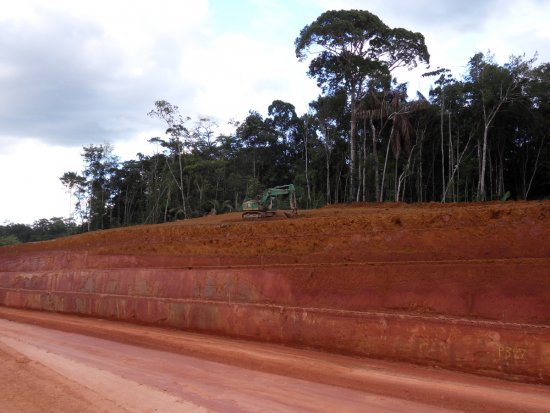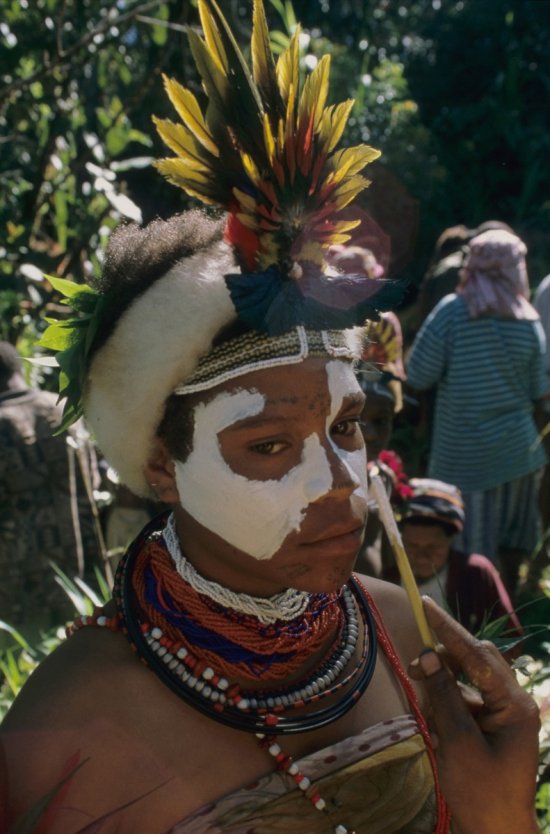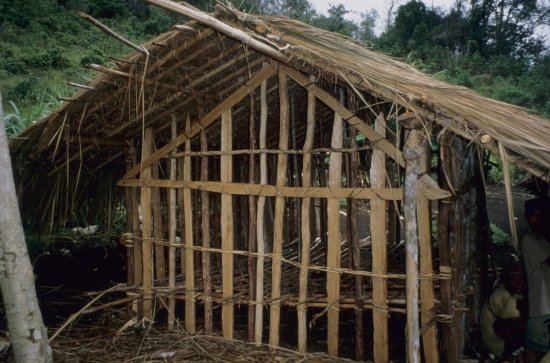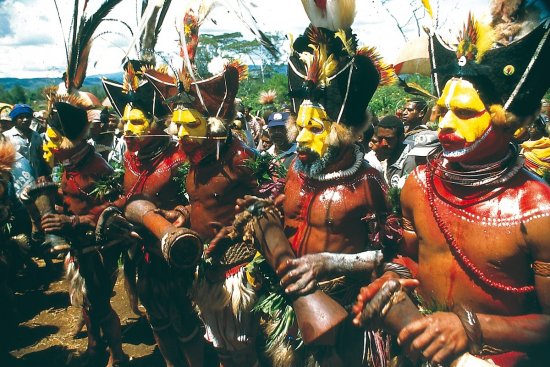© CRAVA / CERIMES / CNRS - 2007
Reference
6402
Koboibus, mother-of-pearl rings in New Guinea
Even today, large mother-of-pearl rings are still being crafted in some villages in Papua New Guinea in the strictest respect of techniques inherited from ancestors.
In the Koboibus region, the manufacture of these rings is a long-term activity. Its production requires the carrying of heavy bivalve shells during a three-day long inland trek from the islands of Mushu to their destination. Once there, they will be patiently sawn with the braided cord, perforated and polished until they reach the desired shape, conjuring up both feminine forms and the Calao bird.
This "ancestral currency" is intended to be used in ceremonies and processions but can also be used to buy animals and as a dowry. An essential part of the social functioning of villages like Yabomnu or Kuabila, each ring has its own history which also conveys the memory and beliefs of the peoples of New Guinea.
Duration
Production year
Définition
Color
Sound
Version(s)
Original material
The use of media visible on the CNRS Images Platform can be granted on request. Any reproduction or representation is forbidden without prior authorization from CNRS Images (except for resources under Creative Commons license).
No modification of an image may be made without the prior consent of CNRS Images.
No use of an image for advertising purposes or distribution to a third party may be made without the prior agreement of CNRS Images.
For more information, please consult our general conditions





























